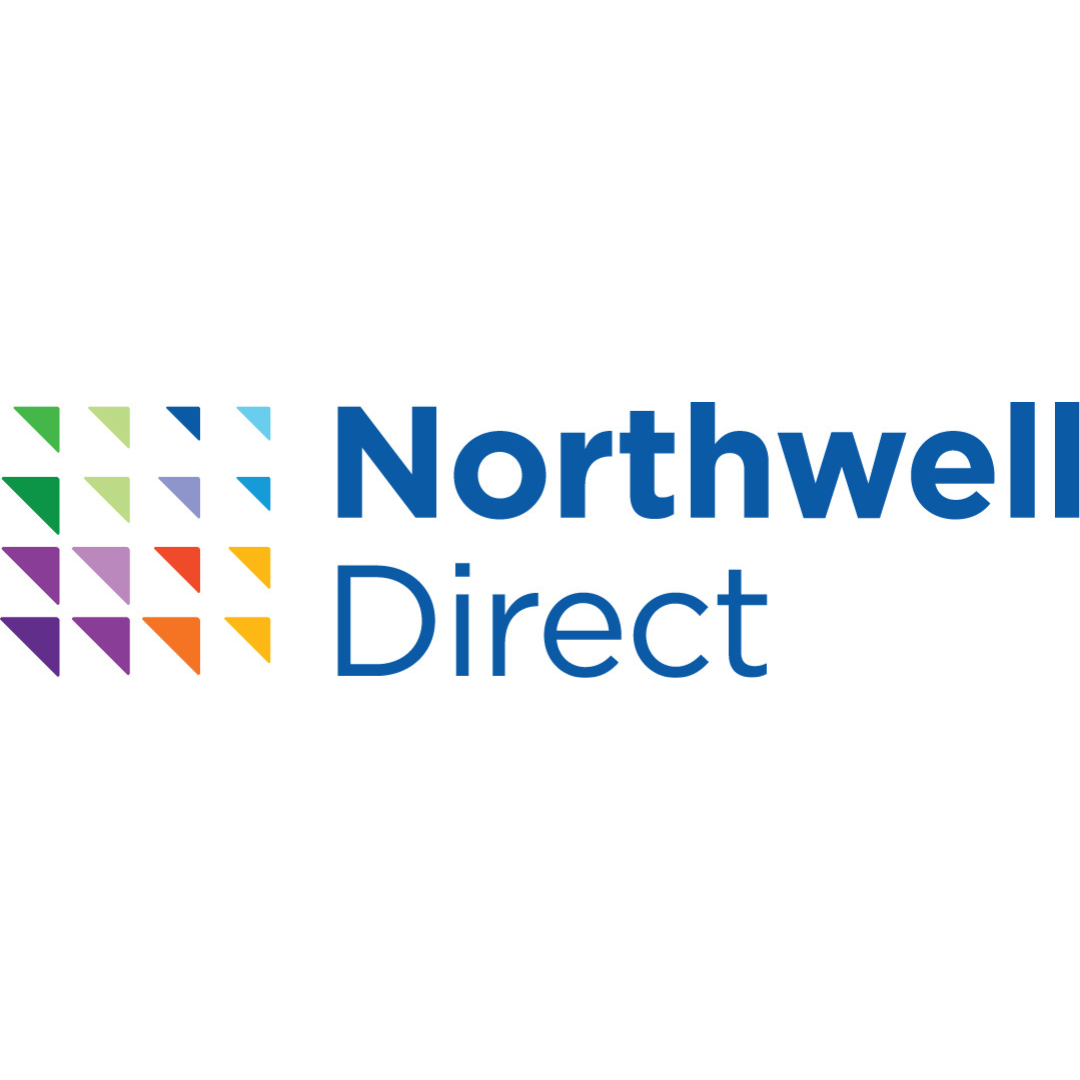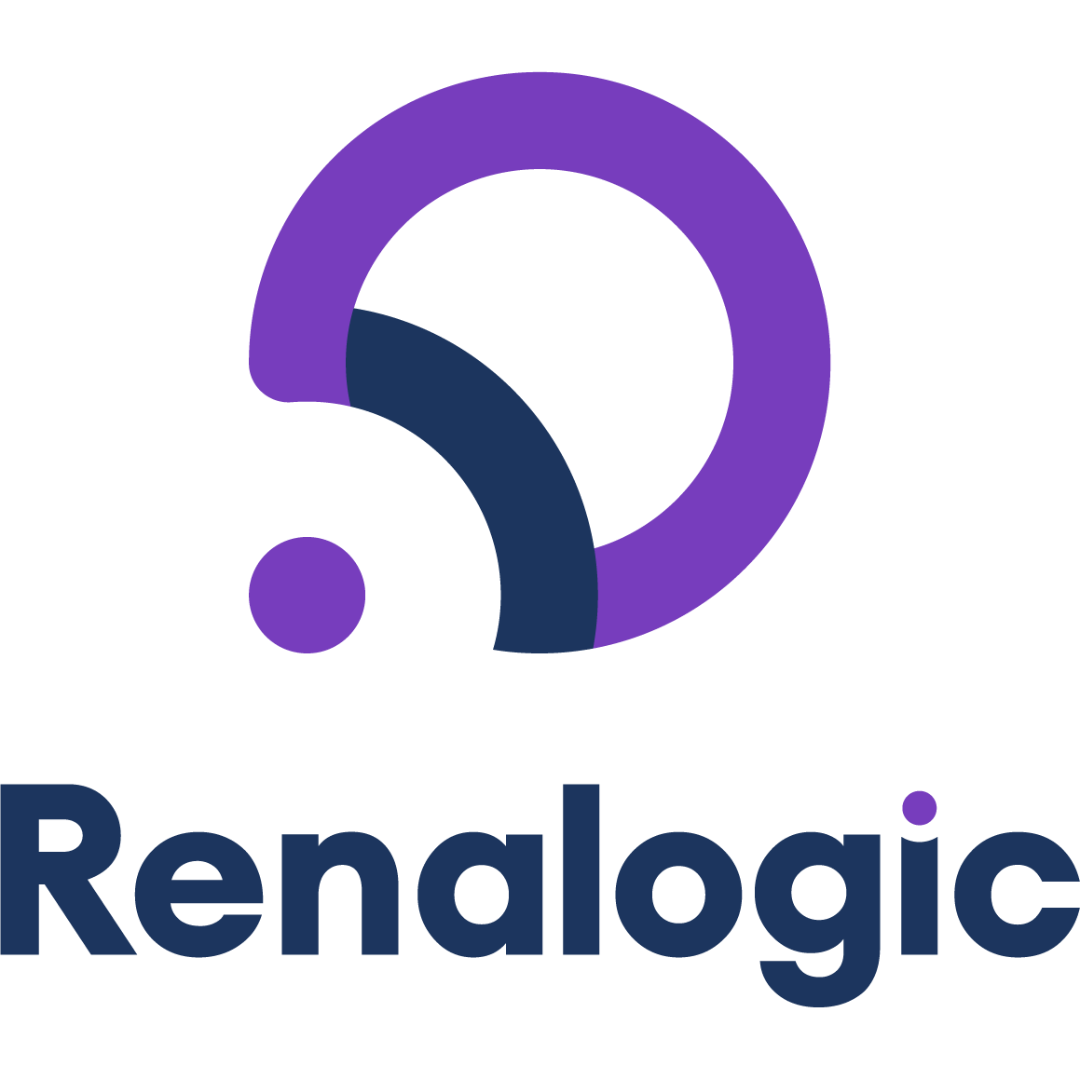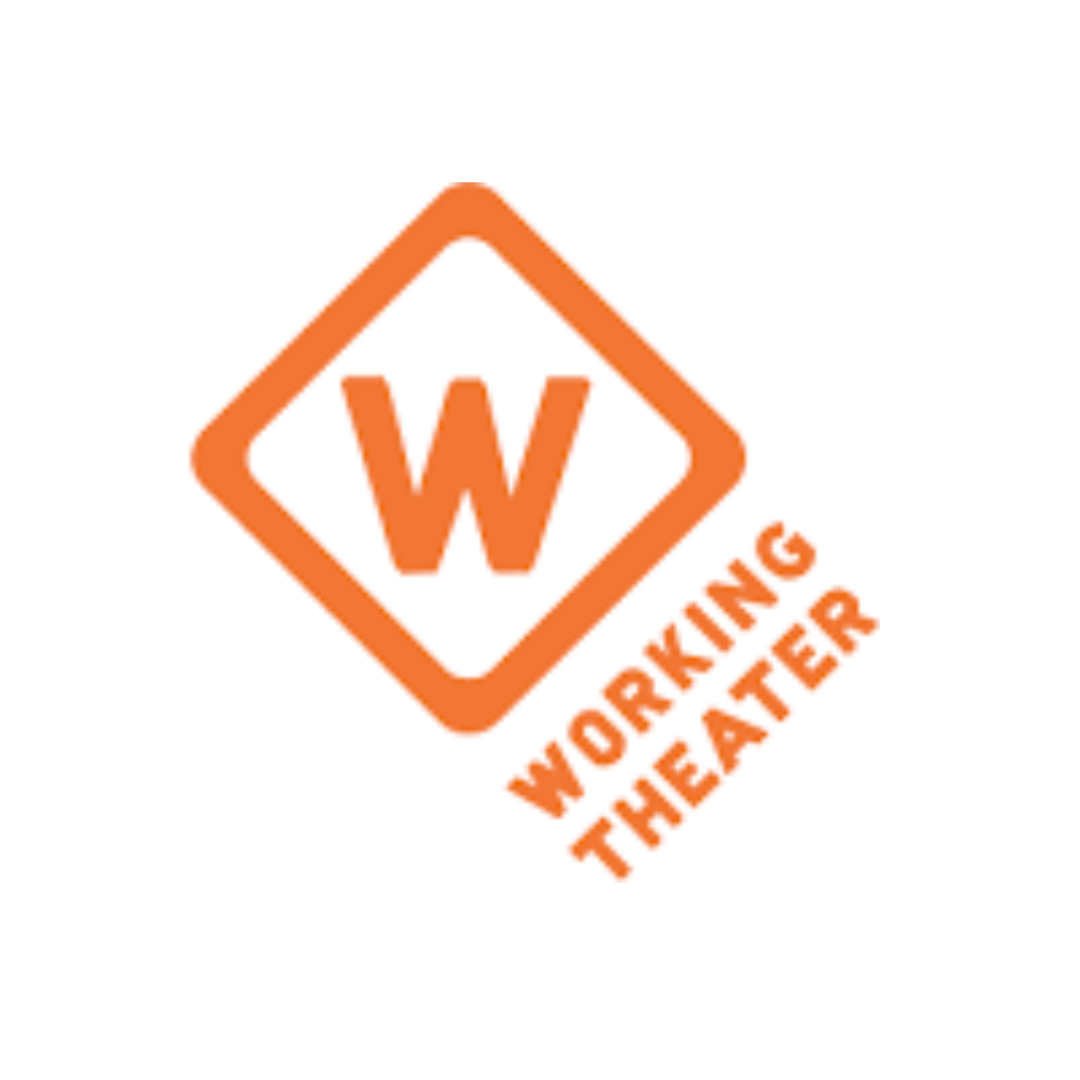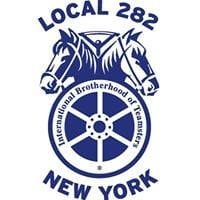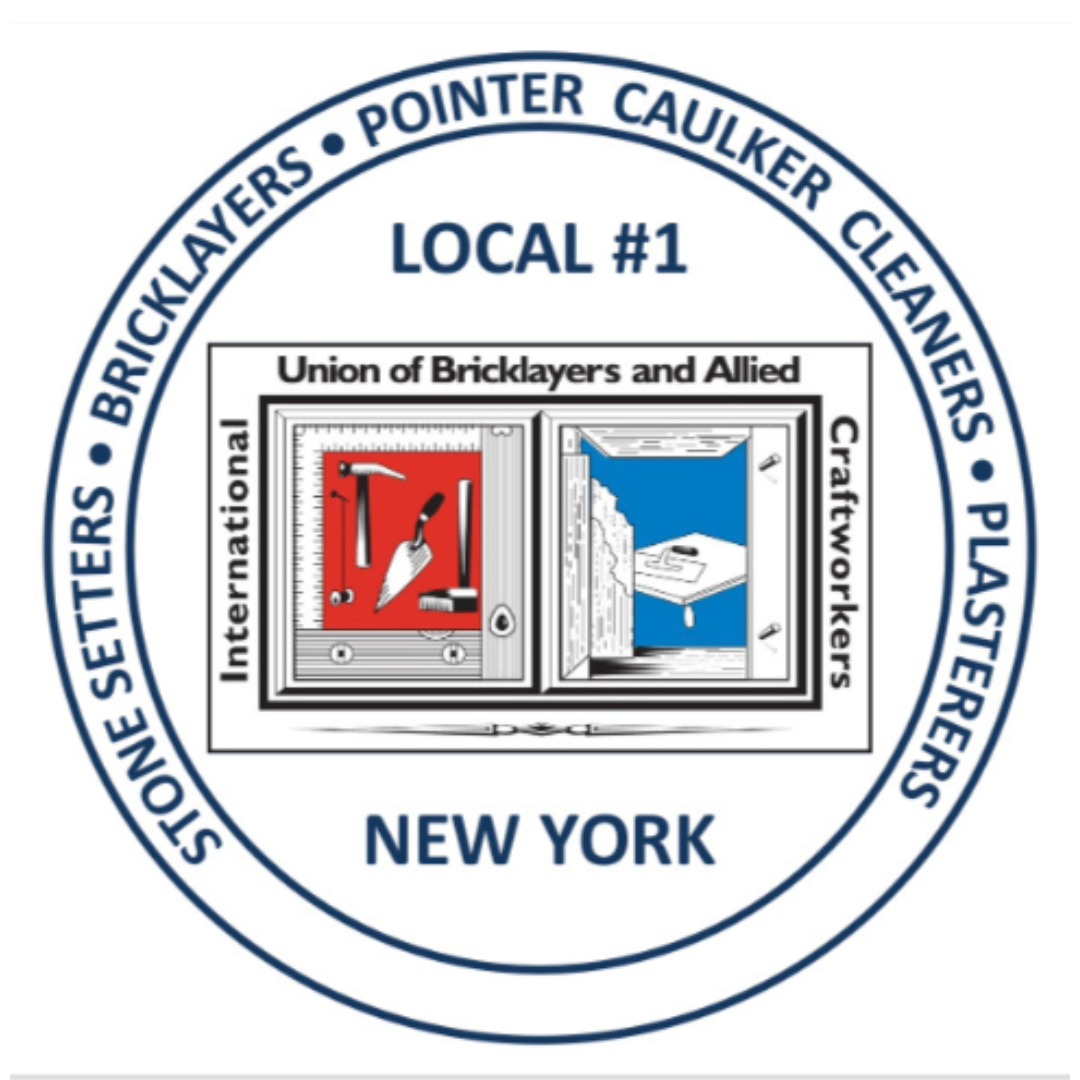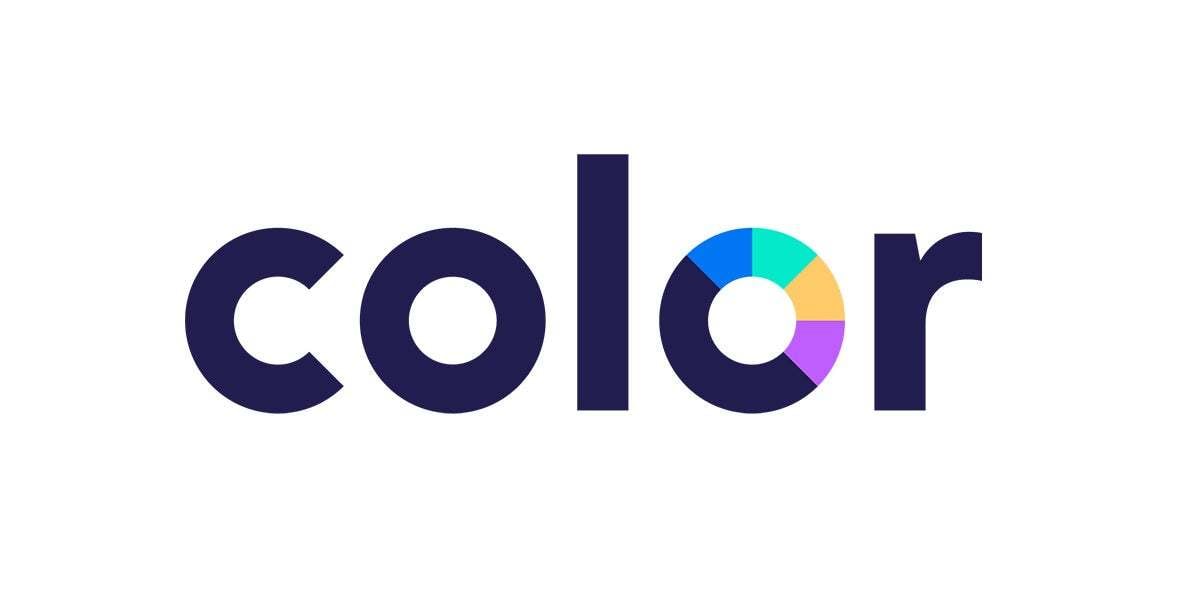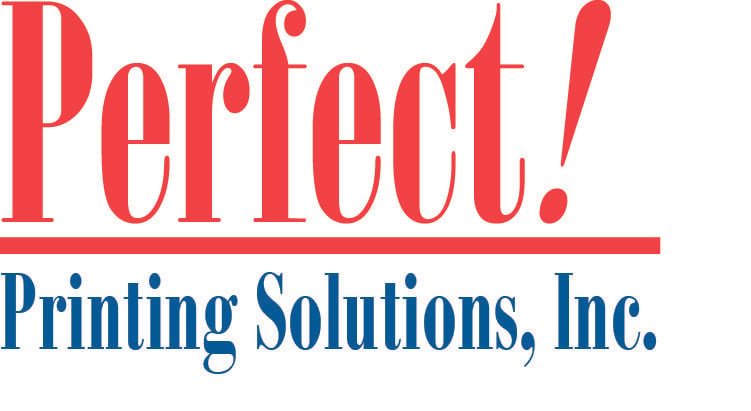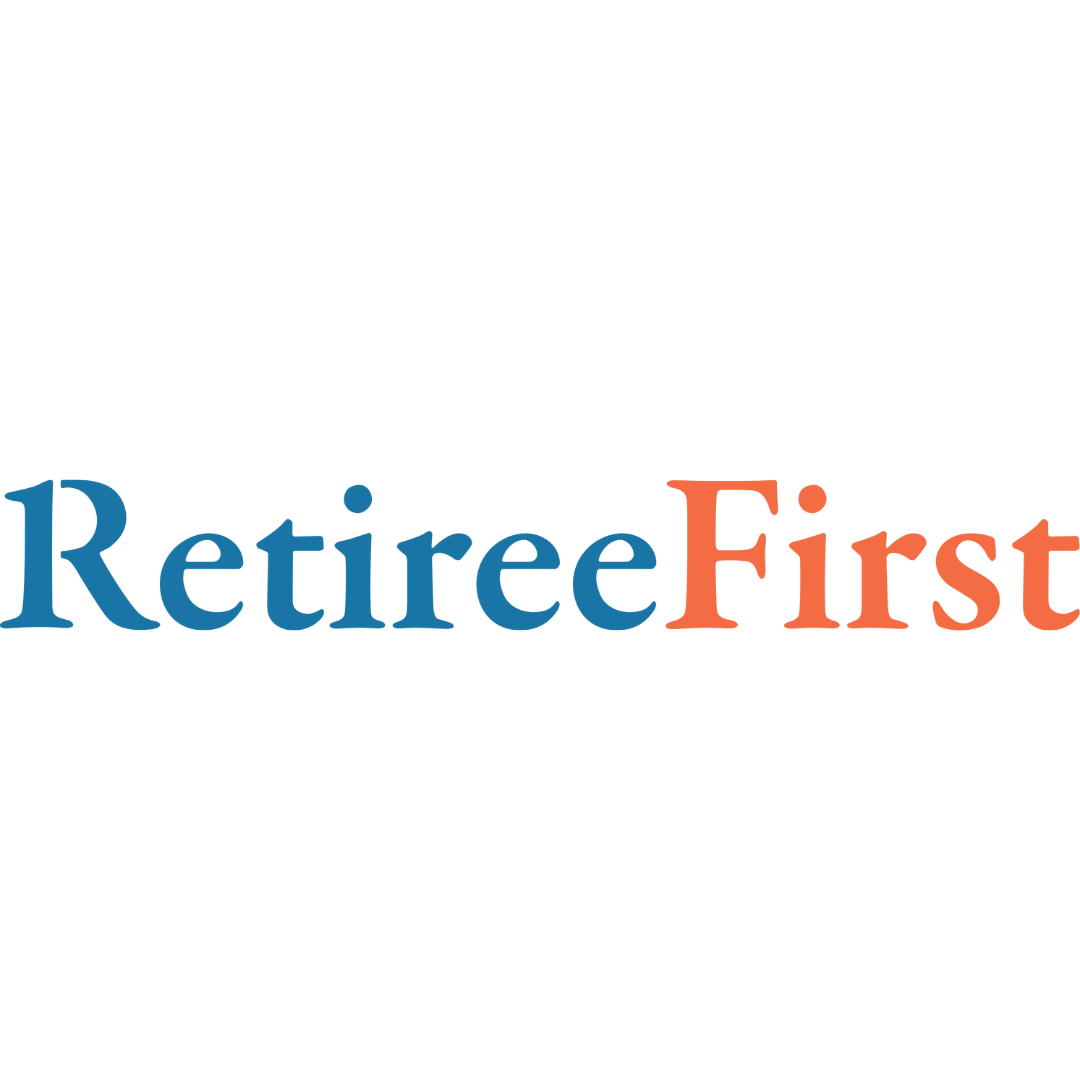It’s normal to experience some health changes as you get older, but while minor issues are expected the risk of serious eye problems also rises. Cataracts, macular degeneration and vision loss are some common eye conditions that can sneak up on you if you're not careful.
Seeing is believing, right? But eyesight often gets worse with age. A pair of bifocals or reading glasses can often do the trick, but if they don’t, and your vision starts to interfere with daily activities like reading and driving, you may have low vision. About 4 million Americans live with low vision , a chronic visual impairment that can’t be corrected with glasses, contact lenses or medical treatments. In fact, low vision and blindness are the leading causes of disability within the United States.
There were nearly 500,000 new diagnoses of low vision this year and that number is increasing at an alarming rate. A recent study shows that low vision and blindness will more than double in the next 30 years, with 2.3 million people expected to be blind and more than 9.5 million living with low vision.
What is low vision?
Low vision is defined by visual acuity, which is basically the clarity or sharpness of your vision. When someone says they have 20/20 “perfect vision”, this is really a measurement of best-corrected visual acuity (BCVA). While there are varying technical definitions of low vision (beginning with a BCVA of either 20/40 or 20/60), it has evolved into a more general term indicating a disabling visual impairment that interferes with your ability to function in daily life and cannot be corrected with traditional visual aids.
More recently, the loss of visual field is being included in the definition of low vision. What this means is that you can have 20/20 vision, but have limited visibility from the sides of your eyes (peripheral vision) that affects how you live your life.
How do I know if I or a loved one has low vision?
Low vision is not the same as needing reading glasses or bifocals, which are a natural result of aging. Low vision interferes with daily life in a variety of ways including having serious problems with glare, not being able to drive or not recognizing friends and family. People with low vision, who are not seeking treatment, may withdraw or become less active in an effort to avoid these types of activities.
Am I too young to be worrying about low vision?
Low vision is strongly associated with older people because age-related eye diseases, such as age-related macular degeneration , glaucoma and diabetic retinopathy , most often cause it. At the age of 45, less than 1 percent of people are likely to have low vision, but by the age of 75, that jumps to almost 5 percent, and then to fifteen percent by the age of 85.
Having said that, you could have an age-related eye disease without any life-changing symptoms for years, or even decades. So having regular eye exams is extremely important in terms of diagnosing, managing and living with a progressive eye disease by getting low vision services.
What are low vision services and why should I get them?
Low vision rehabilitation services help improve visual ability for millions of people every day. We use a combination of lenses, lighting, magnification devices and non-optical aids to maximize visual function so you can continue to participate in daily activities.
There’s evidence to suggest that getting low vision services may lower the risk of mortality. Low vision can decrease a person’s activity level and increase the risk of medication management (not being able to properly read or recognize labels) and accidental falls, which is a leading cause of death in people ages 65 and older.
With an increasingly aging population and low vision exponentially on the rise, it is crucial that people know there is help available that can help maximize their vision and improve their quality of life.
Learn more: https://bit.ly/3mhHwyU



